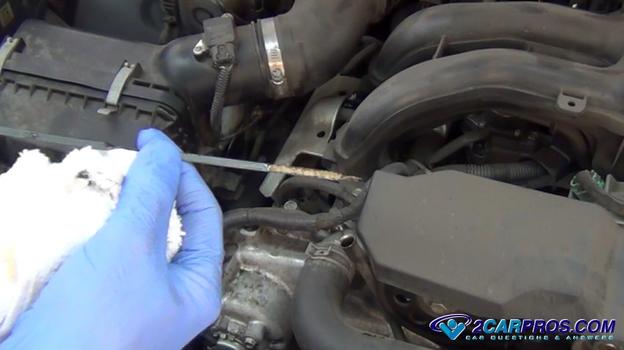
This can be done by checking the coolant level regularly and adding coolant if needed. No matter how you choose to repair the leak, it is important to make sure that the coolant level in the engine is kept full. This is a more difficult repair and should be done by a professional. If the leak is coming from the radiator, the radiator may need to be replaced. The part can be replaced at most auto parts stores. This is usually the gasket or hose that is leaking. Sealants are available at most auto parts stores and can be applied to the leaking area.Īnother way to repair a coolant leak is to replace the leaking part. There are a few ways to fix a coolant leak. If the leak is not repaired, the engine could overheat and cause serious damage. If your car is leaking coolant, it is important to find the source of the leak and repair it as soon as possible. If the oil cooler is not working, the engine oil can become too hot and cause the coolant to enter the oil. The oil cooler is responsible for cooling the engine oil.

When the engine overheats, the coolant can boil and cause the coolant to be forced out of the radiator and into the engine oil.įinally, coolant can enter the oil if the oil cooler is not functioning properly.
#COOLANT IN OIL SYMPTOMS CRACK#
A crack in the engine block can allow coolant to seep into the oil galleries and mix with the oil.Ĭoolant can also enter the oil if the engine overheats.
#COOLANT IN OIL SYMPTOMS HOW TO#
See also How to Clean Car Floor Mats? Some Easy TipsĪnother common cause of coolant in oil is a cracked engine block. If this gasket fails, it can allow coolant to leak into the cylinder head and mix with the oil. The head gasket is responsible for sealing the space between the engine block and the cylinder head. One of the most common causes is a leak in the head gasket. There are many different things that can cause coolant to end up in your engine oil. Finally, if your engine is running hotter than usual, it could be another sign that there is coolant in the oil. If the oil looks milky or creamy, it’s a good sign that there is coolant present. Another way to tell is to check the oil itself. If the oil level is higher than usual, it could be an indication that there is coolant in the oil. One way is to simply check the oil level on the dipstick. There are a few ways to tell if there is coolant in your oil. How do I know if there is coolant in Oil? They will be able to confirm the problem and fix it.


If you suspect you have coolant in oil, the best thing to do is take your car to a mechanic. If you notice any of the following symptoms, there’s a good chance you have coolant in oil: The oil will no longer be able to lubricate the engine parts properly, and the coolant will start to corrode metal surfaces. When coolant and oil mix, it can cause serious engine damage. This blog post will explain the symptoms, causes and fixes for coolant in oil. If you notice oil and coolant mixing in your car, it’s important to take action immediately.


 0 kommentar(er)
0 kommentar(er)
